
Knee pain is common and can result from injury, overuse, or conditions like arthritis. Treatment varies based on the cause and may include rest, exercise, medication, or surgery. Early care can help ease pain and support recovery.
Knee pain is a widespread issue and ranks as the second most common musculoskeletal complaint in adults, following back pain1. It can affect people of all ages and often results from injury, strain, or underlying health conditions like arthritis. Osteoarthritis knee is the most common cause of knee pain in those over the age of 451.
Pain in your knee may be felt in different parts of the joint - front, back, sides, or deep within, and can range from mild discomfort to severe pain that impacts mobility. This pain may be accompanied by symptoms such as stiffness, swelling, redness and warmth, weakness and instability, or difficulty straightening your knee.
Knee joint pain can often be treated at home. It should start to feel better in a few days but if not, it’s advisable for you to see a doctor. You should seek medical attention if you experience severe pain, swelling, or instability in your knee, difficulty bearing weight or moving your knee fully, visible deformities in your leg or knee, fever with redness, pain, and swelling, or knee pain linked to an injury.
Understanding knee pain causes is essential for determining the best treatment approach. If knee pain affects your daily activities or worsens over time, you should seek medical advice to help manage and improve your knee pain.
Knee pain in ladies is more common due to hormonal influences, joint alignment, and muscle imbalances. Women are more likely to experience conditions such as patellofemoral pain syndrome, ACL injuries, and osteoarthritis.
Knee injuries can result from sudden trauma, accidents, or sports-related movements, leading to significant knee pain, swelling, and restricted mobility. Common types include:
Arthritis is a leading cause of chronic knee pain, affecting joint function and mobility. Common types include:
Several structural issues can lead to knee pain, often affecting movement and stability. These problems may arise due to injury, muscle imbalances, or changes in gait. They include:
Experiencing sudden knee pain without a clear injury can be alarming. Common causes include conditions such as bursitis, tendinitis, gout, or the onset of osteoarthritis. Infections, overuse, or inflammation of your joint lining (synovitis) may also lead to discomfort even without trauma. Your pain may come on during rest or movement and could be accompanied by stiffness or swelling.
If your pain persists, worsens, or limits your mobility, it’s important to consult a healthcare provider to identify the cause and receive appropriate treatment.
Knee pain can often be traced to either your muscles around the knee or your joint itself. Understanding where and how your pain occurs can help identify the cause:
If you're unsure or symptoms persist, it’s best to consult a healthcare provider for a proper assessment.
Knee pain can be eased with exercise, physiotherapy, and the RICE method. Medications, both over-the-counter and prescribed, may help relieve symptoms. For severe cases, surgical options like arthroscopy or knee replacement may be considered. Always consult a healthcare professional for the right treatment.
Gentle exercise and physiotherapy can help ease knee pain by strengthening the muscles around your knee joint, improving flexibility, and supporting proper movement.
Activities like walking, stretching, and low-impact exercises (such as swimming or cycling) may reduce stiffness and improve function. A physiotherapist can design a tailored plan of exercises for knee pain based on your needs, helping you move more comfortably and prevent further injury.
The RICE method is a simple and effective way to manage mild to moderate knee pain, especially after strain or overuse:
Using the RICE method early can reduce discomfort and support healing.
Medication can be used to relieve knee pain, depending on its cause and severity.
Over-the-counter medications - such as acetaminophen or nonsteroidal anti-inflammatory drugs (NSAIDs) like ibuprofen can reduce pain and swelling.
Prescription medications - for more severe or chronic pain, a healthcare provider may recommend prescription medications, topical creams, or corticosteroid injections.
You should always consult a medical professional to find the safest and most effective treatment for your symptoms.
For people with severe knee pain or damage that doesn’t improve with other treatments, surgery may be an option. Common types include:
Knee arthroscopy - a minimally invasive procedure to remove damaged tissue or repair cartilage.
Partial or total knee replacement - this osteoarthritis treatment replaces worn-out joint surfaces with artificial components.
Realignment surgery (osteotomy) - shifting the weight away from a damaged part of your knee.
Surgical options depend on the cause of your knee pain, age, activity level, and overall health. A specialist can help determine the most appropriate approach for long-term relief.
While mild knee pain often improves with rest and home care, certain signs may indicate a more serious issue. Contact your doctor if you experience:
These symptoms could suggest a fracture, ligament injury, infection, or other condition that needs medical attention. Early assessment helps prevent further damage and ensures proper treatment.
Preventing knee pain starts with taking care of your joints during everyday activities and exercise. To protect your knees, especially during sports:
Warm up and stretch before physical activity to prepare your muscles and joints.
Wear proper footwear that provides support and cushioning.
Use correct technique when running, jumping, or lifting to reduce strain.
Strengthen the muscles around your knees - especially your thighs, hips, and core - to improve joint stability.
Avoid sudden increases in intensity by building up your activity level gradually.
Rest and recover between workouts to prevent overuse injuries.
Maintaining a healthy weight and staying active with low-impact activities like walking, swimming, or cycling can also help keep your knees strong and pain-free.
1 Khan, S., Logan, P. C., Asokan, A., et al. (2020) The assessment and management of the arthritic knee: an update. Available from: The Assessment and Management of the Arthritic Knee: An Update - PubMed
The best treatment for knee pain depends on the cause:
Strain or overuse - rest, apply ice, use compression, and elevate your leg (RICE). Avoid high-impact activities until the pain improves.
Arthritis - gentle exercises, physiotherapy, and anti-inflammatory medication can help reduce pain and stiffness. Maintaining a healthy weight also eases pressure on your joints.
Tendonitis or bursitis - rest and ice can relieve inflammation. A physiotherapist may recommend stretches or strengthening exercises.
Injury (e.g. ligament tear, meniscus damage) - avoid putting weight on your knee and seek medical attention. Treatment may involve bracing, physiotherapy, or surgery.
If your knee pain is severe, persistent, or affects your ability to walk, it’s important to see a healthcare provider for an accurate diagnosis and treatment plan.
Four common knee pain causes include arthritis, tendonitis, ligament injuries (like ACL tears), and overuse from repetitive movements or exercise. Each can affect how your knee moves and feels and often require different types of treatment.
Knee pain may be serious if you have severe swelling, can’t put weight on your leg, notice a visible deformity, or if your pain doesn’t improve with rest. If any of these occur, or if the pain worsens over time, see a healthcare provider for evaluation.
The most common mistake is ignoring the pain and continuing high-impact activities, which can lead to further joint damage. Resting when needed and following proper treatment or exercise guidance is key to protecting your knees.
It depends on the cause of your pain. Short-term rest can help reduce inflammation, but gentle walking and low-impact movement are often beneficial to keep your joint flexible. If walking worsens your pain, it’s best to rest and consult a healthcare provider.
See a doctor if your knee pain is severe, persistent, or accompanied by swelling, instability, or difficulty walking. You should also seek medical advice if the pain follows an injury or doesn't improve with rest and home care.
Knee clicking is often caused by air bubbles in your joint, movement of tendons or ligaments, or minor cartilage changes. It’s usually harmless unless it’s accompanied by pain, swelling, or instability - then it’s best to see a doctor.



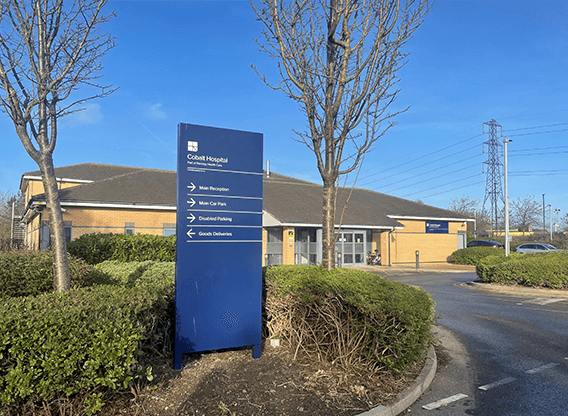



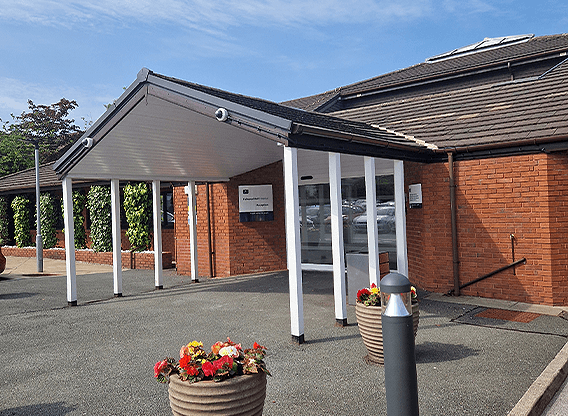
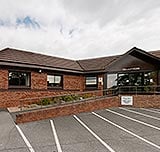


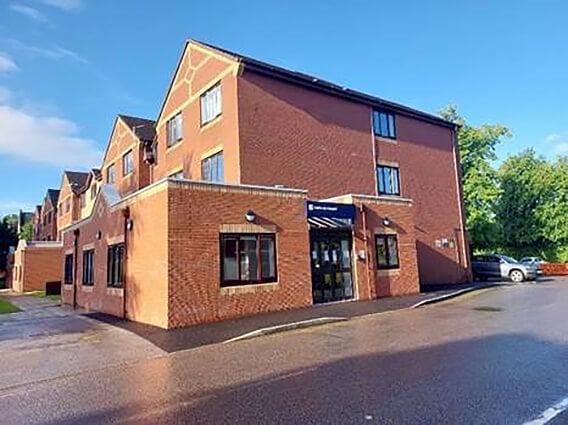


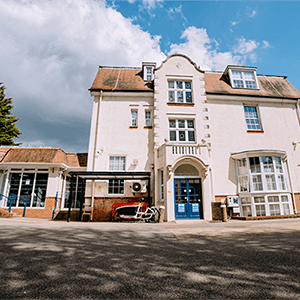

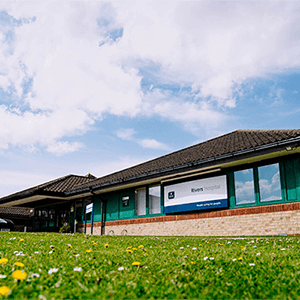

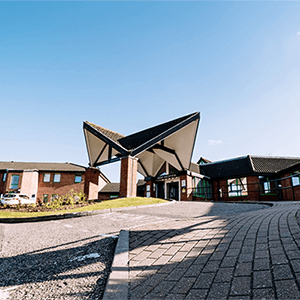


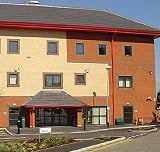

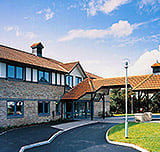
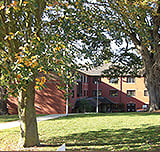

Clifton Park Hospital, in York, Part of Ramsay Health Care UK, has been shortlisted for the 2026 HSJ partnership award.
Ramsay Health Care UK are celebrating after being named as a Gold National Joint Registry (NJR) Quality Data Provider for the second year running, after successfully completing a national data quality audit programme for 25 hospitals offering orthopaedic procedures.
Duchy Hospital in Truro, proudly opened its state-of-the-art Imaging and Outpatient Suite representing a major investment in patient care, designed to enhance diagnostic capabilities and improve the overall experience for patients across Cornwall.
The information, including but not limited to, text, graphics, images and other material, contained on this website is for educational purposes only and not intended to be a substitute for medical advice, diagnosis or treatment. Always seek the advice of your physician or other qualified health care provider with any questions you may have regarding a medical condition or treatment.
No warranty or guarantee is made that the information contained on this website is complete or accurate in every respect. The testimonials, statements, and opinions presented on our website are applicable to the individuals depicted. Results will vary and may not be representative of the experience of others. Prior patient results are only provided as examples of what may be achievable. Individual results will vary and no guarantee is stated or implied by any photo use or any statement on this website.
Ramsay is a trusted provider of plastic or reconstructive surgery treatments as a part of our wrap-around holistic patient care. Our personal, friendly and professional team are here to support you throughout to ensure the best possible care. All procedures we perform are clinically justified.
*Acceptance is subject to status. Terms and conditions apply. Ramsay Health Care UK Operations Limited is authorised and regulated by the Financial Conduct authority under FRN 702886. Ramsay Healthcare UK Operations is acting as a credit broker to Chrysalis Finance Limited.
Ramsay Health Care UK is not currently recruiting for any roles based outside of England. If you are interested in applying for a role with Ramsay Health Care UK, please note that all available positions are advertised exclusively on our official website: https://www.ramsayhealth.co.uk/careers. Be cautious of individuals or organisations that approach you directly for remotely-based roles. Always verify the authenticity of the job offer and be careful with whom you share your personal information. For more information and advice on employment fraud, please visit: https://www.ramsayhealth.co.uk/careers/recruitment-fraud